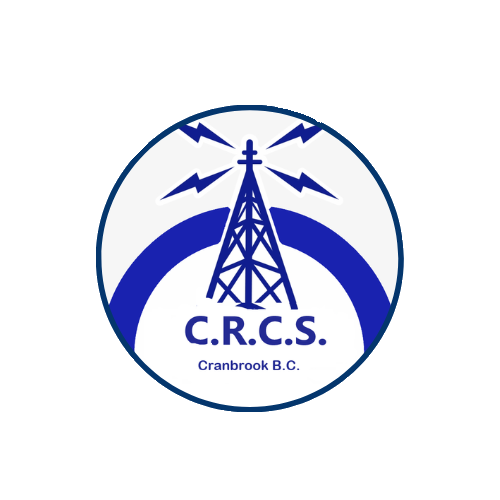Ham radio, or amateur radio, is a popular hobby that transcends the boundaries of communication by connecting people across the globe. However, various environmental factors, especially weather conditions, can significantly impact the quality and reach of ham radio signals. In this detailed guide, we’ll explore how weather affects ham radio operations and offer tips on how to mitigate these effects for clearer, more reliable communication.
Understanding Weather-Related Challenges
1. Temperature Variations
Temperature impacts radio signals, particularly in extreme conditions. High temperatures can cause electronic components in radio transmitters and receivers to operate inefficiently, while cold conditions might lead to reduced battery life and stiffened mechanical components.
2. Precipitation
Rain, snow, and even fog can absorb and scatter radio signals, particularly those at higher frequencies. This absorption and scattering can lead to a weakening of the signal strength and a reduction in the communication range.
3. Thunderstorms
Thunderstorms are particularly challenging for ham radio operators. Lightning can cause static and severe interference, while associated high winds can physically damage antennas and other equipment.
How Weather Affects Specific Ham Radio Bands
Different ham radio bands react to weather conditions in varying ways:
- HF Bands: High Frequency (HF) bands are less affected by precipitation but can be influenced by ionospheric changes due to solar radiation, which is weather-dependent.
- VHF/UHF Bands: Very High Frequency (VHF) and Ultra High Frequency (UHF) bands are more susceptible to precipitation and temperature variations, making them less reliable in poor weather conditions.
Strategies for Mitigating Weather Effects
1. Antenna Maintenance and Setup
Proper maintenance and strategic placement of antennas can enhance signal strength and reduce weather-related disruptions. Using weather-resistant materials and ensuring that antennas are securely mounted can prevent damage during storms.
2. Use of Appropriate Equipment
Employing robust, weather-proof equipment is crucial. This includes using sealed cables and connectors that prevent moisture ingress, which can degrade signal quality.
3. Technological Aids
Modern ham radios are equipped with features like Digital Signal Processing (DSP) that can help mitigate the effects of weather-related noise and interference, enhancing the clarity of received signals.
4. Operational Adjustments
Adjusting the power output of transmitters during adverse weather conditions can compensate for signal loss due to atmospheric disturbances. Additionally, switching to lower frequency bands during thunderstorms or heavy precipitation can help maintain communication, as these bands are less affected by such conditions.
Understanding the impact of weather on ham radio signals is essential for operators who wish to maintain effective communication regardless of environmental conditions. By implementing strategic measures to mitigate these effects, ham radio enthusiasts can ensure their ability to connect and communicate across the world remains unhampered. The exploration of the interaction between weather and ham radio signals not only enhances operational efficiency but also enriches the ham radio experience, blending science with the art of communication.




